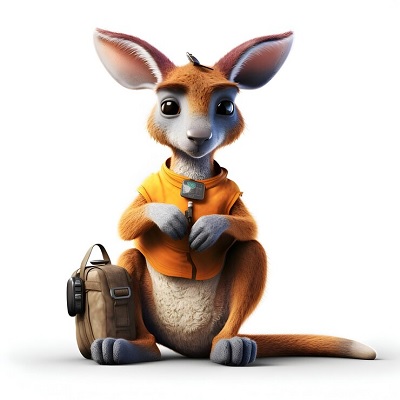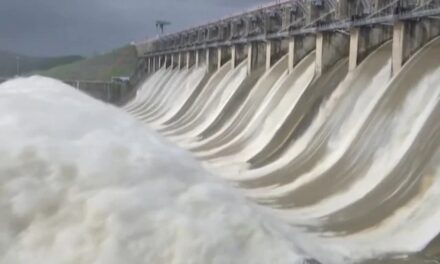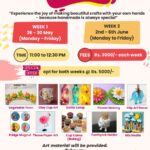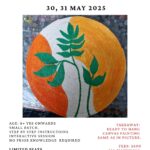The Duck and the Kangaroo
by Edward Lear
Said the Duck to the Kangaroo,
“Good gracious! how you hop!
Over the fields and the water too,
As if you never would stop!
My life is a bore in this nasty pond,
And I long to go out in the world beyond.
I wish I could hop like you!”
Said the Duck to the Kangaroo.
“Please give me a ride on your back!”
Said the Duck to the Kangaroo.
“I would sit quite still, and say nothing but ‘Quack,’
The whole of the long day through!
And we’d go to the Dee, and the Jelly Bo Lee,
Over the land, and over the sea;
Please take me a ride! O do!”
Said the Duck to the Kangaroo.
Said the Kangaroo to the Duck,
“This requires some little reflection;
Perhaps on the whole it might bring me luck,
And there seems but one objection,
Which is, if you’ll let me speak so bold,
Your feet are unpleasantly wet and cold,
And would probably give me the roo-
Matiz!” said the Kangaroo.
Said the Duck, “As I sat on the rocks,
I have thought of that with a plan.
I have bought four pairs of worsted socks,
Which fit my web-feet so well I can
Keep them all properly warm and dry.”
Said the Duck to the Kangaroo.
About the Poet
Edward Lear (1812-1888) was a famous English poet and artist known for his delightful nonsense verses and limericks. He created the much-loved “Book of Nonsense” and invented the term “runcible” which appears in many of his poems. Besides being a poet, Lear was a talented artist who drew beautiful illustrations for his works. He traveled widely and painted landscapes. His poems are known for their playful language, made-up words, and funny characters that have entertained children for generations.
About the Poem
“The Duck and the Kangaroo” is one of Lear’s most charming narrative poems, written in his signature conversational style. The poem tells the story of an adventurous duck who dreams of exploring the world beyond its pond. Through simple dialogue and humorous problem-solving (like the duck wearing socks!), the poem teaches children about friendship, creative thinking, and following their dreams. The poem’s bouncy rhythm mirrors the hopping movement of the kangaroo, making it fun to read aloud.

















